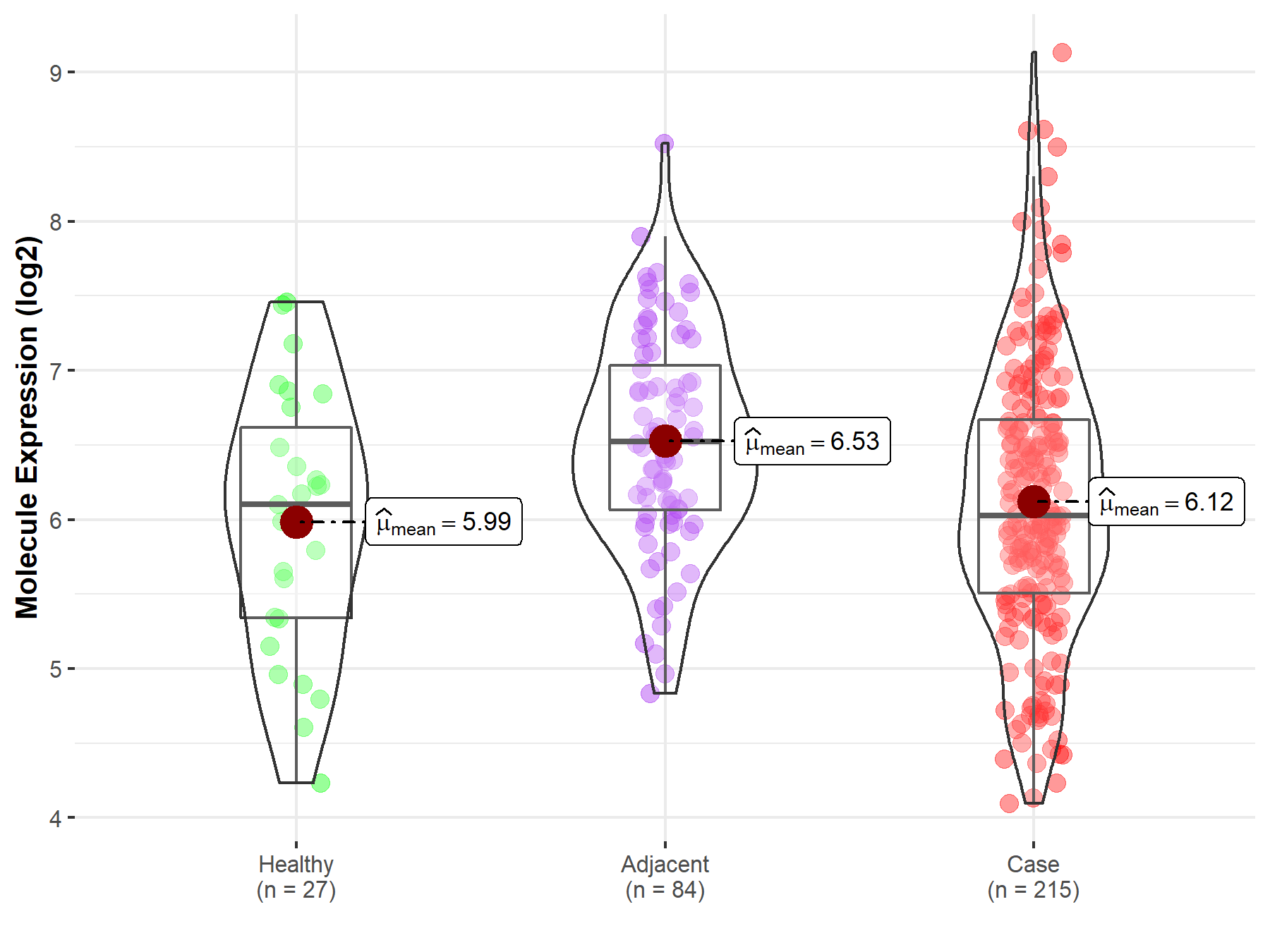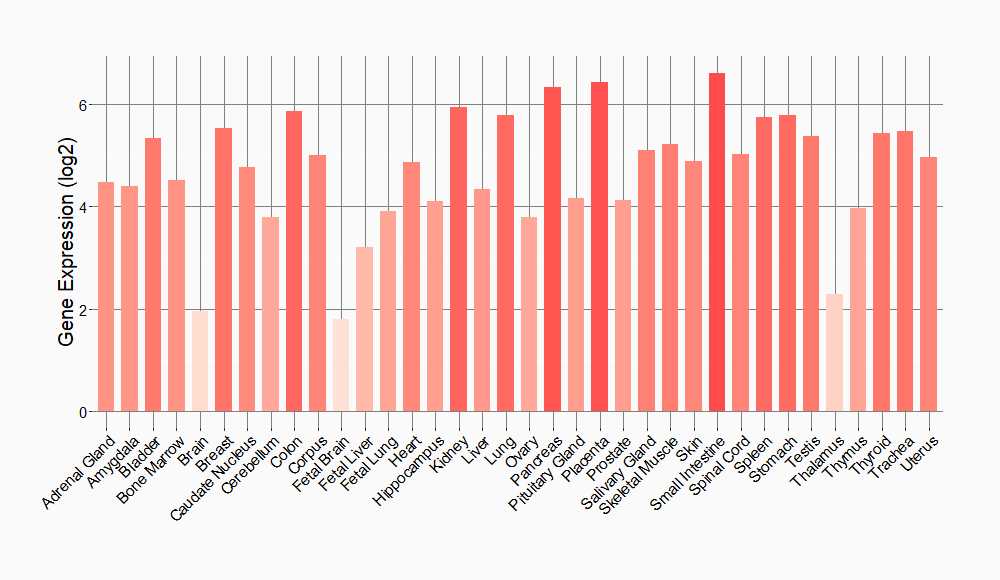Molecule Information
General Information of the Molecule (ID: Mol00673)
| Name |
Toll-like receptor 3 (TLR3)
,Homo sapiens
|
||||
|---|---|---|---|---|---|
| Molecule Type |
Protein
|
||||
| Gene Name |
TLR3
|
||||
| Gene ID | |||||
| Location |
chr4:186069155-186088073[+]
|
||||
| Sequence |
MRQTLPCIYFWGGLLPFGMLCASSTTKCTVSHEVADCSHLKLTQVPDDLPTNITVLNLTH
NQLRRLPAANFTRYSQLTSLDVGFNTISKLEPELCQKLPMLKVLNLQHNELSQLSDKTFA FCTNLTELHLMSNSIQKIKNNPFVKQKNLITLDLSHNGLSSTKLGTQVQLENLQELLLSN NKIQALKSEELDIFANSSLKKLELSSNQIKEFSPGCFHAIGRLFGLFLNNVQLGPSLTEK LCLELANTSIRNLSLSNSQLSTTSNTTFLGLKWTNLTMLDLSYNNLNVVGNDSFAWLPQL EYFFLEYNNIQHLFSHSLHGLFNVRYLNLKRSFTKQSISLASLPKIDDFSFQWLKCLEHL NMEDNDIPGIKSNMFTGLINLKYLSLSNSFTSLRTLTNETFVSLAHSPLHILNLTKNKIS KIESDAFSWLGHLEVLDLGLNEIGQELTGQEWRGLENIFEIYLSYNKYLQLTRNSFALVP SLQRLMLRRVALKNVDSSPSPFQPLRNLTILDLSNNNIANINDDMLEGLEKLEILDLQHN NLARLWKHANPGGPIYFLKGLSHLHILNLESNGFDEIPVEVFKDLFELKIIDLGLNNLNT LPASVFNNQVSLKSLNLQKNLITSVEKKVFGPAFRNLTELDMRFNPFDCTCESIAWFVNW INETHTNIPELSSHYLCNTPPHYHGFPVRLFDTSSCKDSAPFELFFMINTSILLIFIFIV LLIHFEGWRISFYWNVSVHRVLGFKEIDRQTEQFEYAAYIIHAYKDKDWVWEHFSSMEKE DQSLKFCLEERDFEAGVFELEAIVNSIKRSRKIIFVITHHLLKDPLCKRFKVHHAVQQAI EQNLDSIILVFLEEIPDYKLNHALCLRRGMFKSHCILNWPVQKERIGAFRHKLQVALGSK NSVH Click to Show/Hide
|
||||
| Function |
Key component of innate and adaptive immunity. TLRs (Toll-like receptors) control host immune response against pathogens through recognition of molecular patterns specific to microorganisms. TLR3 is a nucleotide-sensing TLR which is activated by double-stranded RNA, a sign of viral infection. Acts via the adapter TRIF/TICAM1, leading to NF-kappa-B activation, IRF3 nuclear translocation, cytokine secretion and the inflammatory response.
Click to Show/Hide
|
||||
| Uniprot ID | |||||
| Ensembl ID | |||||
| HGNC ID | |||||
| Click to Show/Hide the Complete Species Lineage | |||||
Type(s) of Resistant Mechanism of This Molecule
Drug Resistance Data Categorized by Drug
Approved Drug(s)
1 drug(s) in total
| Drug Resistance Data Categorized by Their Corresponding Mechanisms | ||||
|
|
||||
| Disease Class: Oral squamous cell carcinoma | [1] | |||
| Resistant Disease | Oral squamous cell carcinoma [ICD-11: 2B6E.0] | |||
| Resistant Drug | Cisplatin | |||
| Molecule Alteration | Expression | Down-regulation |
||
| Experimental Note | Revealed Based on the Cell Line Data | |||
| In Vitro Model | CAL27 cells | Oral | Homo sapiens (Human) | CVCL_1107 |
| HSC3 cells | Tongue | Homo sapiens (Human) | CVCL_1288 | |
| HaCaT cells | Tongue | Homo sapiens (Human) | CVCL_0038 | |
| OSCC3 cells | Tongue | Homo sapiens (Human) | CVCL_L894 | |
| SCC4 cells | Tongue | Homo sapiens (Human) | CVCL_1684 | |
| HIOEC-B cells | Tongue | Homo sapiens (Human) | CVCL_6E44 | |
| SCC-14a cells | Tongue | Homo sapiens (Human) | CVCL_7719 | |
| SCC-14b cells | Tongue | Homo sapiens (Human) | CVCL_7720 | |
| SCC1 cells | Tongue | Homo sapiens (Human) | CVCL_A5SA | |
| Experiment for Molecule Alteration |
qPCR | |||
| Experiment for Drug Resistance |
CCK8 assay; Flow cytometry assay | |||
| Mechanism Description | TLR3 negatively manipulated the inflammation-related long noncoding RNA lnc-IL7R, knockdown of lnc-IL7R improved the chemotherapy sensitivity. | |||
Disease- and Tissue-specific Abundances of This Molecule
ICD Disease Classification 02

| Differential expression of molecule in resistant diseases | ||
| The Studied Tissue | Oral tissue | |
| The Specified Disease | Oral squamous cell carcinoma | |
| The Expression Level of Disease Section Compare with the Healthy Individual Tissue | p-value: 4.61E-01; Fold-change: -7.59E-02; Z-score: -8.71E-02 | |
| The Expression Level of Disease Section Compare with the Adjacent Tissue | p-value: 8.89E-05; Fold-change: -4.95E-01; Z-score: -6.85E-01 | |
|
Molecule expression in the normal tissue adjacent to the diseased tissue of patients
Molecule expression in the diseased tissue of patients
Molecule expression in the normal tissue of healthy individuals
|
||
| Disease-specific Molecule Abundances |

|
Click to View the Clearer Original Diagram |
Tissue-specific Molecule Abundances in Healthy Individuals


|
||
References
If you find any error in data or bug in web service, please kindly report it to Dr. Sun and Dr. Zhang.
